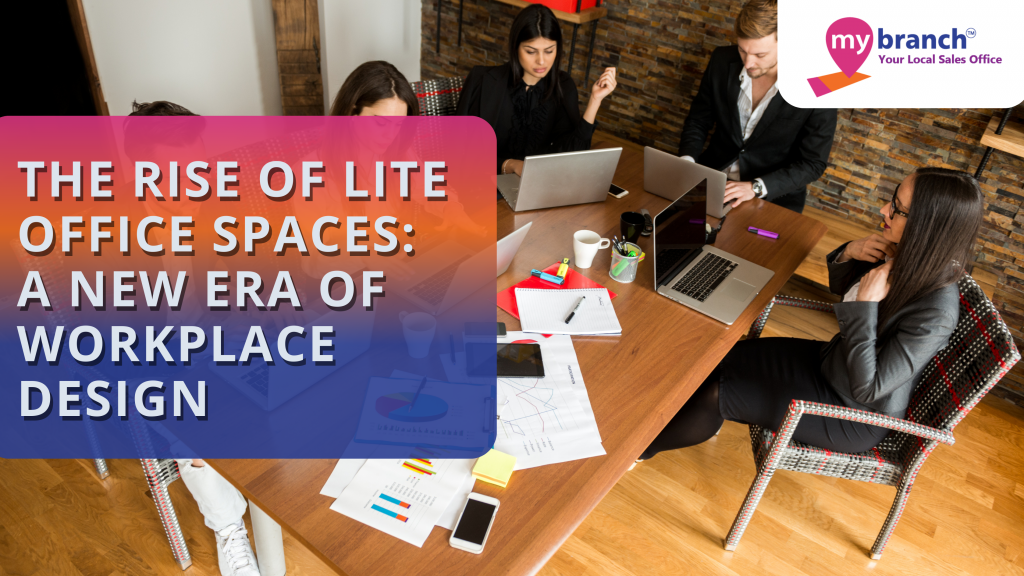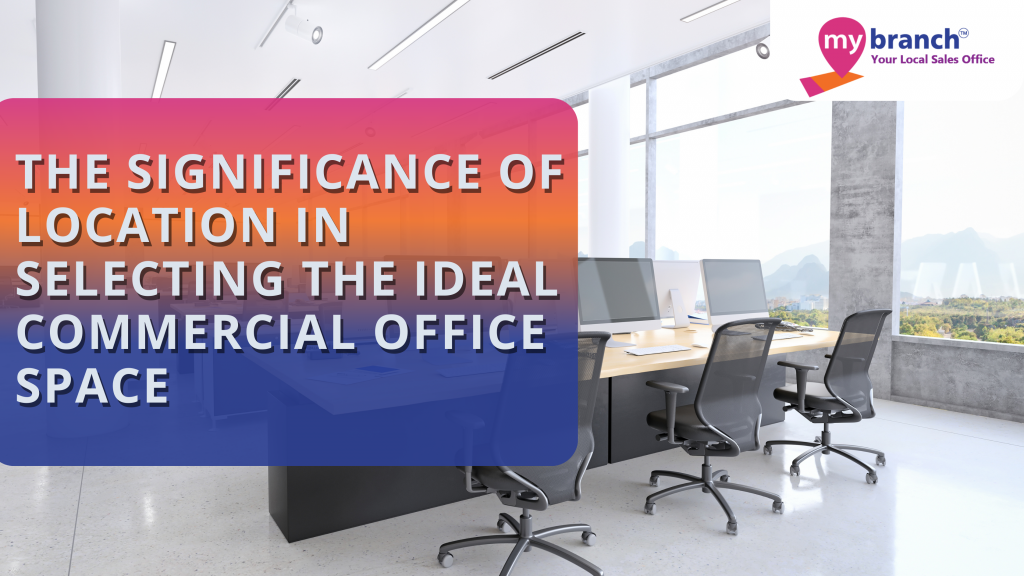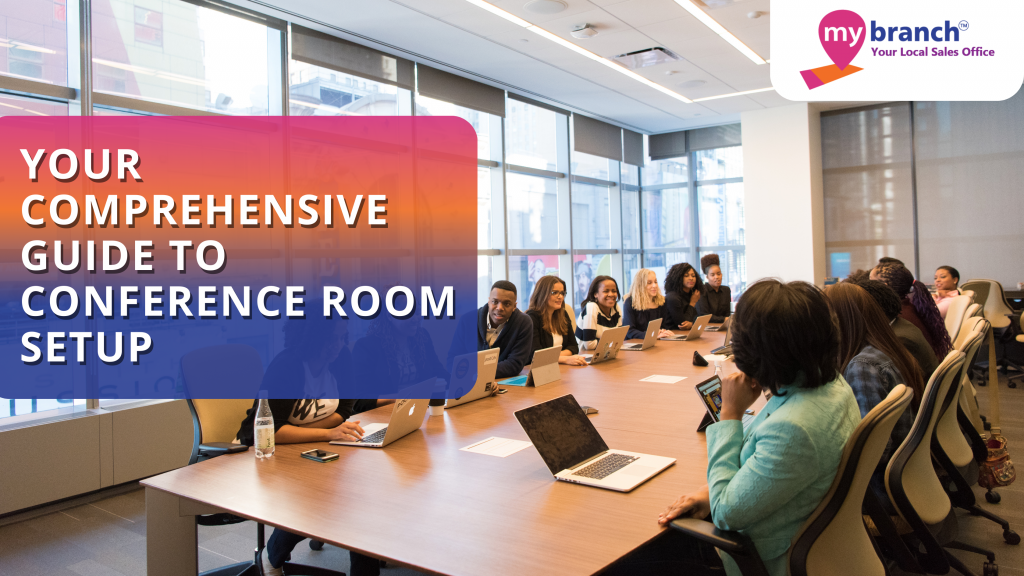
In the dynamic landscape of modern workplaces, small office spaces are proving to be productive grounds for innovation and creativity. Contrary to the notion that innovation requires vast spaces, compact offices are harnessing the power of efficiency and resourcefulness to nurture big ideas.
The inherent limitations of space and resources inspire teams to think creatively and devise innovative solutions. The necessity to optimize every inch of the workspace encourages a mindset of efficiency and ingenuity. Unlike larger corporate settings where resources may seem abundant, small offices compel individuals to leverage their creativity, resulting in practical and inventive approaches to problem-solving. This unique dynamic fosters a culture where innovation is not hindered by constraints but is instead fueled by them, driving continuous improvement and entrepreneurial spirit.
Let’s explore how small offices, often synonymous with agility and adaptability, become the breeding grounds for innovation.
Embracing Efficiency in Small Offices
Small office space thrive on efficiency. With limited square footage, every corner and resource is optimized for maximum productivity. This emphasis on efficiency pushes employees to think creatively, finding innovative solutions to make the most of their workspace. In this environment, innovation is not just a luxury but a necessity born out of the need to do more with less.
Cultivating Collaboration in Cozy Settings
The togetherness of such workspace fosters collaboration. Team members are in close proximity, making communication more immediate and direct. This proximity encourages spontaneous idea-sharing and brainstorming sessions, leading to innovative solutions that emerge from collective efforts. In small offices, collaboration is not bound by physical distance but thrives on the closeness of shared spaces.
Leveraging Technology for Connectivity
Technology plays a pivotal role in amplifying innovation within such office environments. With advancements in virtual communication tools and cloud-based platforms, small teams can stay connected and collaborate seamlessly across different locations. This connectivity breaks down barriers and enables real-time sharing of ideas, driving innovation even in compact settings.
Agility to Adapt and Experiment
One of the key advantages of small workspaces is their agility. Unlike larger corporate environments, small offices can quickly adapt to changing market demands and experiment with new ideas. This flexibility allows teams to pivot, iterate, and refine their concepts rapidly, accelerating the innovation process.
Fostering a Culture of Innovation
Innovation thrives in environments where risk-taking is encouraged. Lite office space cultures often prioritize experimentation and learning from failures. This fosters a culture of innovation where employees feel empowered to explore unconventional ideas and push boundaries, knowing that their contributions are valued.
Personalized Attention and Ownership
In a small working environment, employees have greater visibility and direct access to decision-makers. This personalized attention cultivates a sense of ownership and responsibility for driving innovation. They are more invested in the success of their ideas, leading to a heightened sense of creativity and commitment.
Harnessing Minimalism for Inspiration
The simplicity of small office spaces can inspire creativity. Minimalistic designs free employees from distractions, allowing them to focus on what truly matters—generating innovative solutions. This design philosophy encourages a clear and uncluttered mindset that is conducive to creative thinking.
Encouraging Cross-Disciplinary Collaboration
Small office environments often bring together individuals from diverse backgrounds and skill sets. This cross-disciplinary collaboration sparks fresh perspectives and interdisciplinary approaches to problem-solving. The convergence of different talents fuels innovation and leads to novel solutions.
Celebrating Achievements and Milestones
Innovation flourishes in environments that celebrate success. Small office cultures are often more intimate, allowing teams to acknowledge and celebrate achievements and milestones. This recognition not only boosts morale but also inspires individuals to continue pushing boundaries and exploring new ideas.
Navigating Constraints with Creativity
Innovation thrives in the face of constraints. Small office spaces, with their limited resources and space, compel teams to think outside the box and find innovative ways to overcome challenges. This resourcefulness breeds a culture of ingenuity, where solutions are born out of necessity.
In conclusion, small office spaces are proving to be trends of innovation, leveraging efficiency, collaboration, and technology to nurture big ideas. These compact environments foster cultures that prioritize creativity, experimentation, and personalized attention—all essential things for driving innovation forward. By embracing the unique advantages of small spaces, businesses can unlock their full potential and cultivate a spirit of innovation that propels them towards success.



